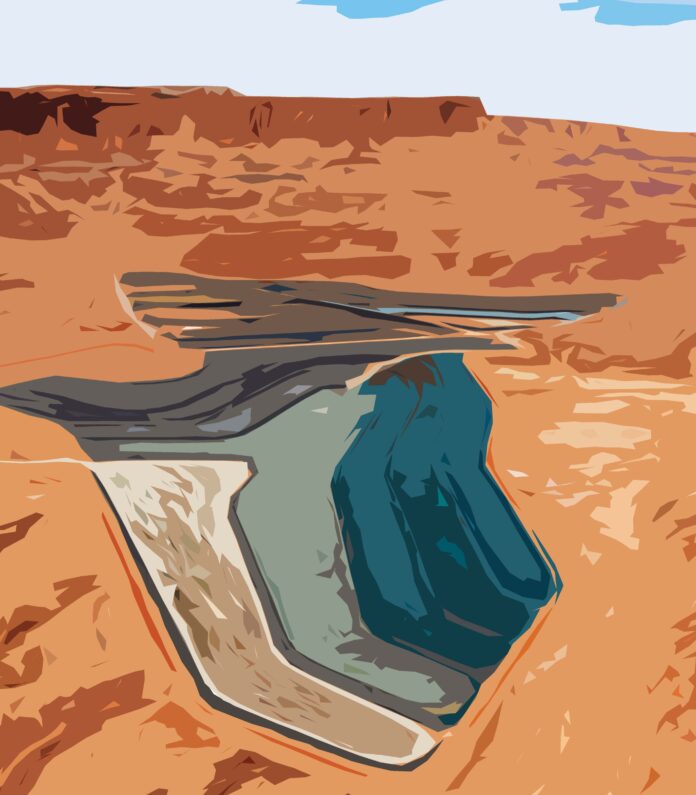Nahyan Rana, a second-year PhD student studying engineering geology at the University of Waterloo’s Department of Earth and Environmental Science, is leading an international research project, CanBreach, which aims to prevent environmental disasters resulting from dam breaches.
“The premise behind this project was to study mine waste dam failures specifically in order to be able to document all of the cases that have happened in history, to be able to map them out using satellite imagery, which is my expertise, and to be able to predict them using statistical methods,” Rana said.
After graduating from UW with an undergraduate degree in hydrogeology and a Master’s in engineering geology, Rana said he was inspired to join this field of research after going on a trip to the Peruvian Andes to study landslide disasters.
“I had never even studied this engineered dams field before,” Rana said. “So I went on a three-month, book purchasing and reading spree — I had to learn everything I could on this topic and I did.”
The Canadian Tailings Dam Breach Research, or CanBreach, is an “integrated tailings dam breach research and technology development project.” CanBreach is conducted remotely alongside five industrial partners and three Canadian universities, the University of Waterloo, the University of British Columbia and Queen’s University.
“I documented 63 tailings flow events then mapped them out, it’s essentially a geospatial database,” Rana said. “What I found is that since 1996, and this is in figure four of my paper, most of the catastrophic tailing dam failures resulted from heavy rainfall or inadequate management of the drainage system.”
Tailing flows are caused by landslides from mine waste dam failures, which mainly consist of toxic materials that are produced by mineral extractive operations.
Rana’s first-ever publication was a research article titled “Catastrophic mass flows resulting from tailing impoundment failures.” According to Rana, its success was evident as it became one of the most-read pieces worldwide in Engineering Geology — the journal it was published in.
“It has been helpful for both scholars as well as industrial practice,” Rana said. “Mine waste practitioners or mining engineers can use my database to be able to map out potential paths of tailings flows when they are doing site assessments or site prediction assessments.
This is the first of three papers discussing the results of Rana’s research, the rest of which he aims to publish by 2022.
“The second paper is on combining mine waste and water retention dams, and trying to see how many of them are there in the world. I’m mapping them right now,” Rana said. “And [for] the third paper, I am using this new technique called InSAR, and it basically uses radar signals from satellites to detect millimetre changes on them.”
Rana detailed how he is “collecting data on 10 tailings, mine waste dams and water retention, dam failures since 2015,” as well as how the data will be “summarized to see if we could have predicted these dam failures in advance using satellite monitoring.”
According to Rana, the information gathered in this research has the ability to mitigate future potential disasters involving dam failures, potentially saving lives and reparation costs in the future.
































